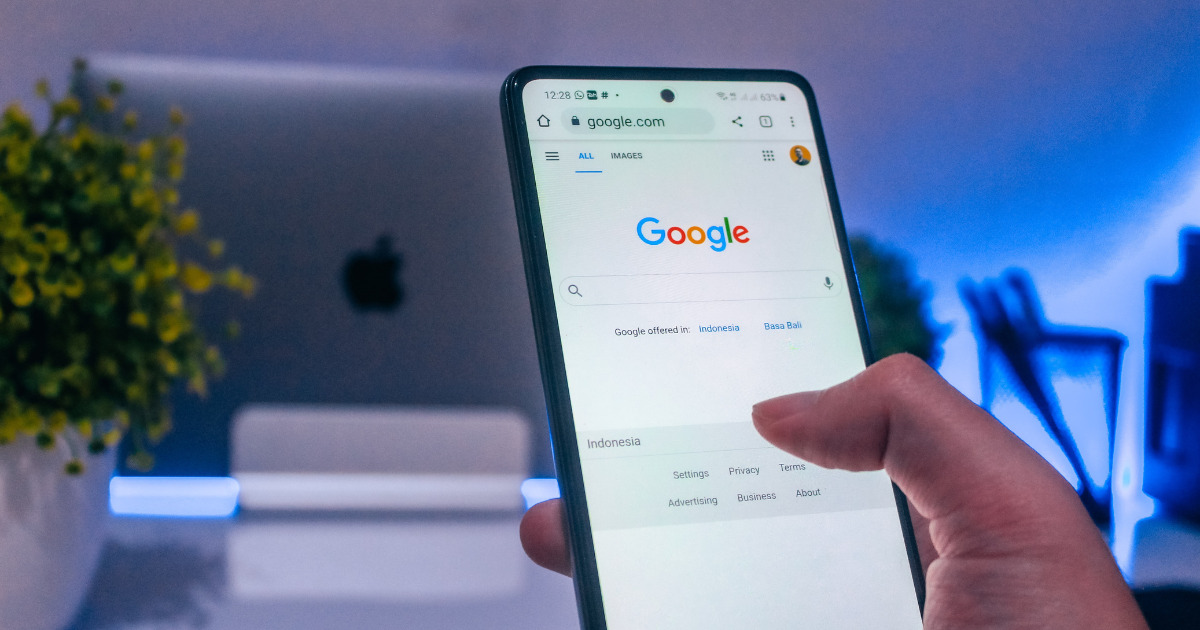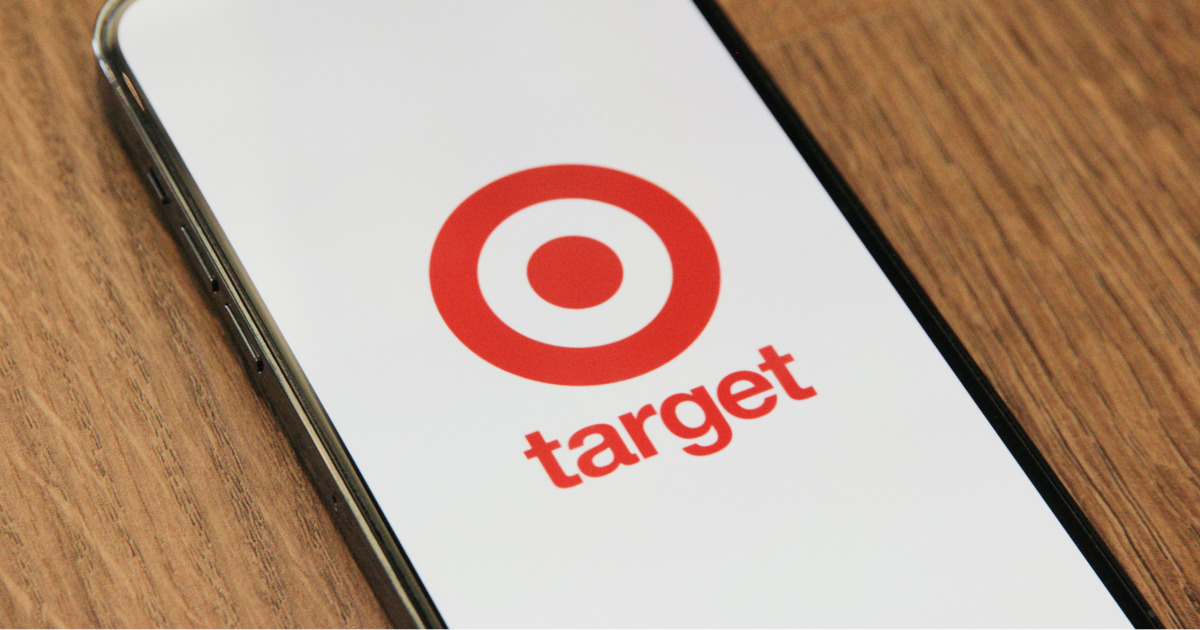Concerned about what happens if your Search Ads are clicked on a lot due to harassment?
Search Ads are pay-per-click ads, so there’s anxiety about malicious clicks potentially exhausting the budget as costs increase with the number of clicks.
Interestingly, Google’s Search Ads have clicks known as invalid or fraudulent clicks, which do not incur costs.
This article focuses on explaining fraudulent clicks, covering:
- What clicks qualify as fraudulent clicks?
- What percentage of total clicks do fraudulent clicks represent?
If you’re concerned about harassment through excessive clicks on your Search Ads or unsure about achieving results within a limited budget, this article can be a valuable reference.
Table of contents
Billing System for Search Ads
Let’s review the mechanism of Search Ads first.
Search Ads are web ads known as search ads, search-linked ads, PPC, etc.
A representative platform for placing Search Ads is ‘Google Ads.’
Search Ads areCPC (Cost-Per-Click)ads.
The cost of CPC-type ads is determined by the following formula:
Cost of Ads = Number of Clicks × CPC (Cost-Per-Click)
While CPC is under the control of the advertiser, the number of clicks is not, as it depends on the clicks from search users, leading to an inevitable increase in ad costs as the number of clicks increases.
This raises concerns about what happens when ads are intentionally clicked multiple times, which we’ll discuss from the next section.
What are Invalid and Fraudulent Clicks?
Let’s now delve into the main topic of “Invalid and Fraudulent Clicks.”
Invalid clicks are clicks made by users without the intention of purchasing or considering services or products.
Whether intentional or unconscious, it’s acceptable to think of clicks from users uninterested in the ad as a problem.
Moreover, invalid clicks are also referred to as fraudulent clicks.
In the widely-used Google Ads platform for Search Ads, they are expressed as “invalid clicks.”
Fraudulent clicks can come from both ‘malicious users’ and ‘non-malicious users’.
For example, malicious user fraudulent clicks involve ‘competitors intentionally clicking to generate ad costs,’ while non-malicious user fraudulent clicks involve ‘accidentally clicking despite having no intention to view the ad.’
Cases of Invalid and Fraudulent Clicks
Invalid and fraudulent clicks mainly fall into three categories:
- Continuous clicks
- Clicks using fraudulent software
- Clicks with the purpose of intentionally increasing click count
For example, consider the following cases:
Example 1. A user mistakenly double-clicks on the displayed ad
Example 2. Competitors use tools or software to intentionally click on the ad multiple times
If fraudulent clicks like these continue, significant opportunity losses such as ‘incurring substantial costs’ or ‘reaching the ad budget limit’ can occur before reaching the “intended users” of the ad.
To prevent opportunity losses, it’s crucial to understand what fraudulent clicks entail.
Could 30% of Clicks be Invalid or Fraudulent Clicks?
For web administrators, this may sound unbelievable, but it’s said that 30% of Search Ads clicks could be invalid or fraudulent.
A survey conducted by the U.S. company “SOLVE media” in December 2013 reported that 22-29% of ads displayed on PCs and 11-14% of ads displayed on mobile were accessed by bots.
(Solve Media: Engagement Advertising Technology | CAPTCHA, Pre-roll, Brand Tags)
However, as of 2020, seven years after this survey, Google’s technology has evolved, leading to a significant reduction in fraudulent access.
For the Search Ads in Google Ads that our company actually operates, the percentage of invalid clicks averaged 5.07%.
Invalid Click Rate by Industry | |
Advertiser’s Industry | Invalid Click Rate |
Average | 5.07% |
Dentistry | 2.89% |
Water Services | 7.88% |
Judicial Scrivener | 5.67% |
Bridal | 7.60% |
Point Sites | 1.29% |
Entrepreneurial Support | 1.73% |
※Performance for each industry in the past year | |
Compared to the 2013 data, the actual fraudulent click rate as of July 2020 is significantly lower.
This is believed to be due to Google’s enhanced measures against fraudulent clicks.
In other words, while invalid or fraudulent clicks are generally “possible events,” their occurrence rate has decreased thanks to the efforts of media companies.
As Google has publicly stated its views on invalid and fraudulent clicks, let’s confirm them in the next section.
Google’s View on Invalid and Fraudulent Clicks
Google discloses what types of clicks qualify as invalid clicks.
- Intentionally increasing click numbers manually
- Intentionally increasing click numbers using automated tools, etc.
- Excessive clicks, such as double clicks
Google identifies all clicks through its proprietary system to detect invalid clicks.
Even for fraud clicks discovered later, the amount is adjusted during the next billing, ensuring no disadvantageous charges for fraudulent ads.
Confirmation Method for Invalid and Fraudulent Clicks
Next, let’s look at the methods to confirm invalid and fraudulent clicks.
We’ll introduce the confirmation method for invalid and fraudulent clicks in Google Ads, which is commonly used for Search Ads.
For Google Ads
Here is the method to confirm invalid and fraudulent clicks in Google Ads:
- Access the Google Ads management page
- Select the campaign list on the All Campaigns page
- Select [Modify Display Items] in [Display Items]
- Add [Invalid Clicks] and [Invalid Click Rate] in [Ad Results]
- Click [Apply]
- The screen displaying the actual invalid click count will appear
Google allows confirmation of fraudulent clicks through the above steps.
Dealing with Invalid and Fraudulent Clicks
Next, let’s explore what to do when actual invalid and fraudulent clicks occur.
Key points include “getting a refund,” “setting up to not display ads to competitors,” and “using dedicated tools.”
Let’s delve into each of them.
Contacting Support for a Refund
Contact Google, the operator of Google Ads, to request a refund.
Although costs incurred due to fraudulent clicks are refunded automatically, if you suspect the refund amount is incorrect, this method is effective.
Google supports refund requests for fraudulent and invalid clicks in the past 2 months.
To check the refund amount for fraudulent clicks in Google Ads, follow these steps:
- Log in to Google Ads
- Click the tool icon in the top right corner of the management page
- Select [Billing & Payments] in [Settings]
- Check [Invalid Clicks] in the [Billing History] page
You can confirm the refund amount through these steps.
First, check the refund amount from your Google Ads account.
Setting Up to Not Display Ads to Competitors or Partners
As a method to prevent fraudulent and invalid clicks, there is an option to not show ads to competitors or users from partners.
This involves using the IP addresses of competing companies or partners and stopping ad displays to those IP addresses.
While theoretically possible, acquiring the IP addresses of competing companies can be challenging, making it practically difficult to implement.
However, it’s good to be aware that such an option exists.
Taking Measures with Specialized Tools
There are tools in the market designed to prevent fraudulent clicks.
Some companies offer paid tools to prevent fraudulent clicks, and using such tools can help prevent fraudulent clicks.
However, consider the effectiveness of the tool before introducing it.
【Q&A】Common Questions Regarding Fraudulent Clicks in Search Ads
This article covers the common questions about fraudulent clicks in Search Ads.
If there are intentionally many clicks on a Search Ad, will costs be incurred?
A. No.
Clicks identified as fraudulent are automatically determined by the media, and the associated ad costs are refunded.
Is there an obligation to pay for costs incurred due to fraudulent clicks in Search Ads?
A. No.
Costs incurred due to fraudulent clicks are refunded. However, there is an obligation to pay for costs incurred by clicks other than fraudulent clicks.
Is fraudulent clicking not a legal issue?
A. Fraudulent clicking itself is not a legal issue.
【Conclusion】Eliminate Wasteful Ad Costs
So far, we have introduced measures for dealing with “fraudulent clicks” and “invalid clicks” in Search Ads.
Since fraudulent clicks and invalid clicks account for a certain percentage of advertising costs, you may be paying for unnecessary advertising costs.
Based on our operational results, the average fraudulent click rate was around 5% of total clicks as of 2020.
Therefore, due to the efforts of media companies, the fraudulent click rate is considered to have significantly decreased.
If you are concerned about repeatedly clicking on Search Ads as harassment, you can confidently proceed with the operation and request for Search Ads.




